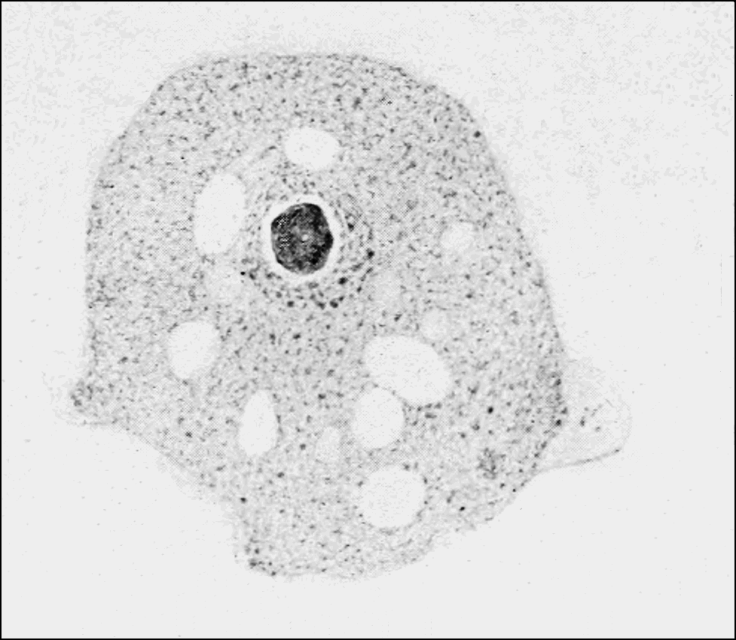Brain-Eating Amoebas Invade US Lakes Due To Global Warming

As the temperatures rise, U.S waterways are expected to host a new threat. According to an upsetting article published in The Verge, health officials have instructed vacationers to think twice before cooling off in a local lake, as accidentally inhaling a splash of water may cut the summer short in a rather dark way.
Naegleria fowleri – or, the “brain-eating amoeba” – may sound like a sci-fi trope from the ‘80s, but is totally real, and will likely claim more lives this year than ever before. The parasite, whose crass but accurate nickname derives from its inclination to eat parts of your brain, has in recent years appeared in several unexpected locations over the United States – possibly as a result of climate change. At the moment, the nightmarish amoeba is accompanied by a sobering 99 percent fatality rate, as hosts almost invariably develop the condition primary amebic meningoencephalitis (PAM).
The amoeba enters the body through the nose of swimmers accidentally inhaling water. Once inside, the single-cell organism travels through the nasal passage into the brain, where it immediately begins to multiply. During the incubation period, which lasts for about a week, the host will feel just fine. After that, a puzzling mélange of symptoms set in – including, but not limited to headaches, vomiting, and confusion.
The situation then begins to deteriorate as the parasite enters the brain and begins to devour cerebral fluid and gray matter.
Since 1962, there’s only been one documented case of a U.S patient surviving PAM. The high fatality rate is in part due to the diagnostic challenges attending the condition. With no clear pattern of symptoms, cases are usually not diagnosed until it’s too late – and, while a tentative treatment program exists, there simply haven’t been enough cases to evaluate its effectiveness. "That’s very frustrating for us," Jonathan Yoder, an expert with the CDC’s division of parasitic diseases, told The Verge. "Did the treatment only work that one time? Does it work at all? Would other treatments work better? We just don’t know."
At the moment, researchers are gathering environmental data from each documented case of PAM in an effort to catalogue weather and water condition associated with the proliferation of Naegleria fowleri. The data could be used to issue targeted public warnings in areas where conditions approach the parasite’s preferred environment.
For now, public officials recommend plugging one’s nose while diving under water during freshwater swims. "You don’t need water gushing up there to get sick. It doesn’t take much more than a drop,” Travis Heggie, associate professor at Bowling Green State University, told reporters.



























